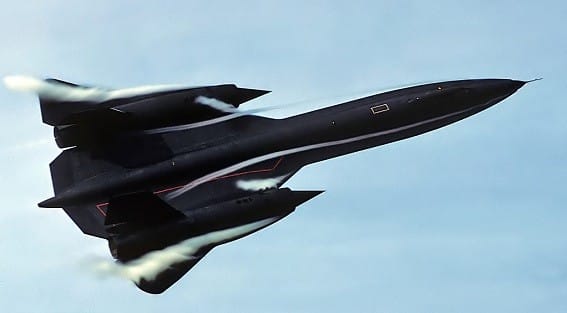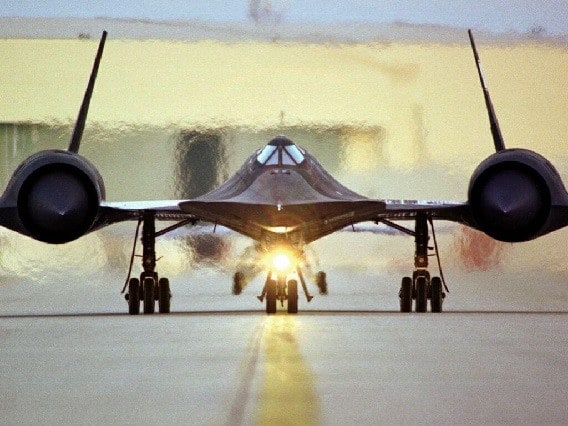Supersonic!
Follow articleHow do you feel about this article? Help us to provide better content for you.
Thank you! Your feedback has been received.
There was a problem submitting your feedback, please try again later.
What do you think of this article?
Problem solving is a fascinating fact of life. We all have goals. We all have things we must do and we all have problems to solve. Many problems seem impossible. But solving problems expands the boundaries of what is possible and moves us ever forward. Solutions can also provide unexpected spin-offs.
Some problems in history seemed vast at the outset.
If many of you can think back to the cold war. The CIA needed to spy on the Russians with impunity. The existing U2 spy plane flew high but it was slow and was famously shot down. Its pilot, Gary Powers, was captured by the Russians.
The requirements for a more effective, stealthy spy plane were tough and seemingly impossible. The new machine had to fly faster than any manned jet had flown before; faster than most missiles in fact. It was also to operate very high up. It had to carry high-resolution cameras, sensors and have a low radar cross section. The operating altitude was to be in excess of 85000 feet at a cruise speed of Mach 3.2 (2200 mph).
With slipsticks at the ready, the engineers at the top secret Lockheed Skunk Works in California got busy.
An aircraft was developed called the A12 which later evolved into the SR-71. This aircraft type was famously known as the Blackbird. It was constructed almost entirely from titanium (covertly procured from the Soviet Union) and ground breaking stealthy radar absorbing composite materials.
In order for its two big Pratt and Whitney J58 jet engines propel the craft at triple sonic speeds the air rushing into them had to be slowed from supersonic to subsonic speeds in about eight feet. No jet engine can operate successfully if it is fed supersonic air.
The solution was to control and use the supersonic shock waves created in the engine nacelle to slow the air down as the aircraft accelerated faster. Now, the engine had air travelling at a speed it could easily ingest. This slowing of the air also resulted in a significant pressure recovery. At 85,000 feet the ambient air pressure is approximately 0.5 psi (21 millibars / 21 Hectopascals). But the pressure recovery seen at the engine compressor intake was 14 psi (approximately 1013 mb or 1013 HPa).
The pilot and RSO (Reconnaissance Systems Officer) had to wear full-pressure suits in case the cockpit lost pressure or if they had to eject at that altitude. They were flying so high, they were almost in space. That suit was good enough to keep them alive, even on the surface of the moon, no problem. But as far as the engine was concerned, at full speed, it was operating at sea-level conditions. A masterstroke.
At speeds above Mach 2.2 twenty percent of the air from the engine compressor was bypassed along six tubes to the rear of the engine. This high-pressure oxygen rich air was ducted into the continuously operating afterburners. This turned the engine system in to a unique turbo-ramjet.
As a total propulsive system, 55% of the thrust was generated by the engine inlet design, 20% by the engine itself and 25% by the exhaust nozzle.
The final solutions produced a remarkable spin-off. The propulsion system produced more power and used less fuel the faster it went. The SR-71 was able to fly at speeds in excess of Mach 3 for 3200 nautical miles before refuelling.
The SR71 was never shot down. It flew higher and faster than any other aircraft or missile. It never overflew Russia. But it flew so high, it could see in! The SR-71 Blackbird remains, to this day, highest flying and fastest air breathing jet manned aircraft the world has ever seen.
We can all derive a lot of satisfaction and progress from being willing and open to problem solving.
As the Google X Chief of Moonshots, Astro Teller, says: "Create the right culture. Learn rapidly, experiment and encourage rapid failure in your organisation. When you attack a problem as though it were solvable, even though you don't know how to solve it, you will be shocked with what you come up with. It's 100 times more worth it. It's never 100 times harder.”




